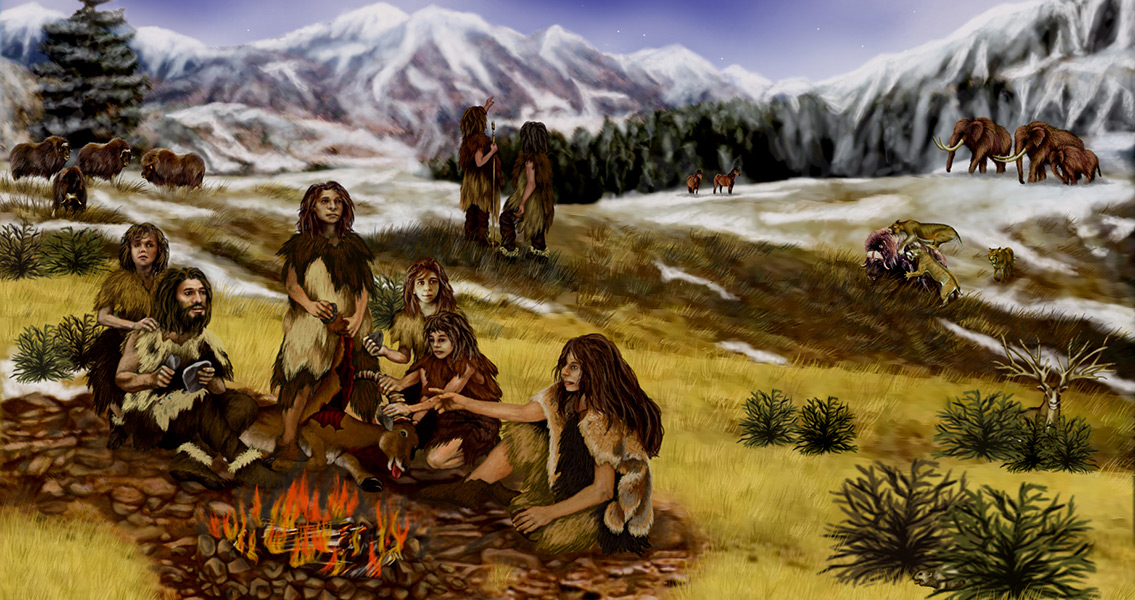<![CDATA[Archaeologists working at various Neanderthal sites in France commonly found large numbers of manganese oxide “blocks” which researchers typically ascribed to body decorating, perhaps even for drawing symbols, because of the properties of the inorganic compound (it occurs in nature as the brown of blackish mineral pyrolusite). It now seems the mineral was used for far more. Scientists from Delft University of Technology and Leiden University performed a succession of compositional analyses and have concluded that Neanderthals from the Pech-de-l’Azé I site located in South Western France accomplished what experts had previously thought inconceivable; 50,000 years ago, Neanderthals deliberately collected manganese dioxide to assist with fire starting. It’s widely accepted that Neanderthals routinely used fire and that charcoal and soot were readily available to use for decorative purposes. Manganese oxides on the other hand, would have required a considerably higher investment in time and energy to acquire. The use of fire would have provided significant benefits, justifying the time and energy it would have taken to collect. Additionally, the symbolic and social significance of fire should also be considered. Manganese dioxide facilitates fire making by reducing the auto-ignition temperature of wood and increasing the char combustion rate. Archaeological evidence of fire places as well as the tools used in the grinding process to transform pieces of manganese dioxide into powder found at the Pech-de-l’Azé I site support the conclusion that Neanderthals were using manganese dioxide to create fire. Given that the selection of manganese dioxide and its use for fire making hasn't been observed previously in the ethnographic record of recent hunter-gatherers, this research provides potentially significant insights regarding the cognitive capabilities of Neanderthals. The actions involved in the selection of this specific, non-combustible material followed by its use to start fire are neither intuitive nor obvious. The skills and knowledge typically associated with Neanderthals are qualitatively different than those needed to select and use manganese dioxide in fire-making. Neanderthal behavior and cognitive ability has been a subject of much study and more speculation. Given their physiology Neanderthals are thought to have been omnivores with animal protein making up a majority of their dietary protein, thus indicating they were predators as opposed to scavengers. New studies have shown that cooked vegetables were also part of their diet. There is also evidence they had language (the exact nature is debated), that they lived in complex social groups and that they had the ability to make and use advanced tools. Neanderthal brains were slightly larger than humans' and were shaped slightly differently – the result of the two groups evolving separately over the course of several hundred thousand years. The size and location of known Neanderthal archaeological sites shows that they spent their lives primarily in small groups (5 to 10 individuals) and rarely lived longer than 35 years. Interestingly, while Neanderthals may have collected and used manganese dioxide for fire making 50,000 years ago, today manganese dioxide plays an important role in batteries (energy storage) and in future potential clean energy systems. ]]>
Neanderthals Capable of Chemically Assisted Fire Making
